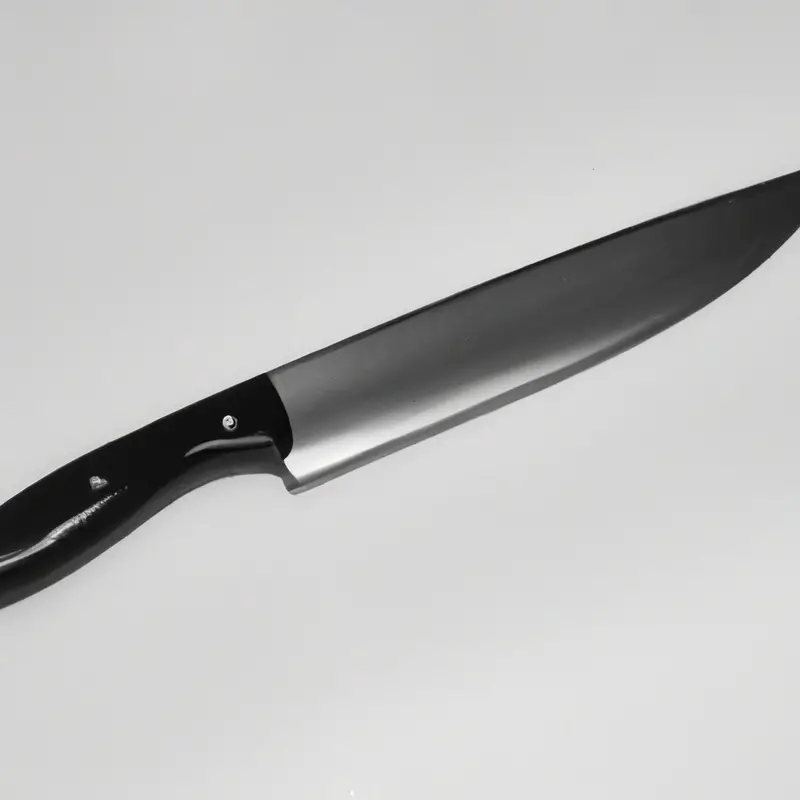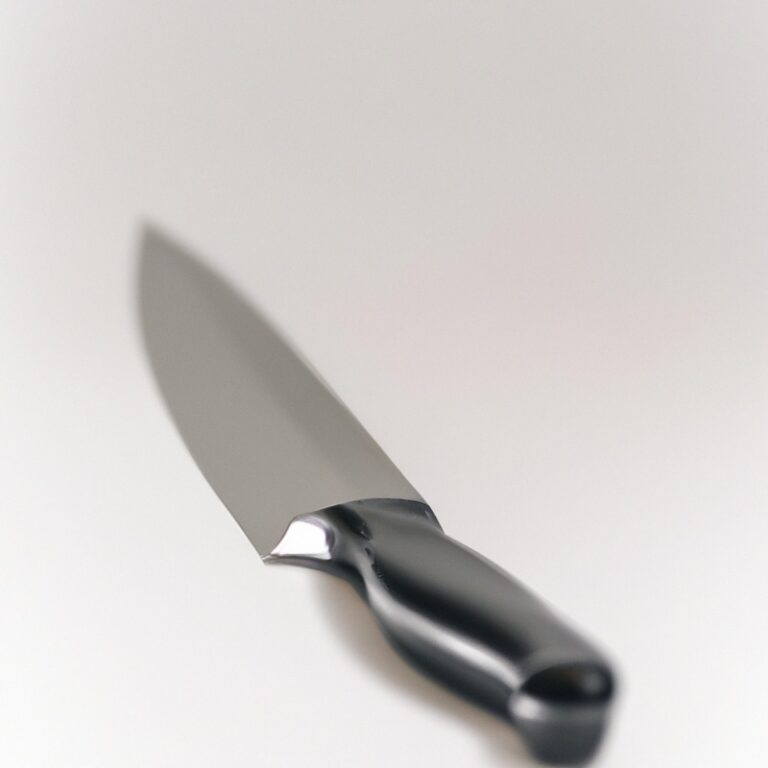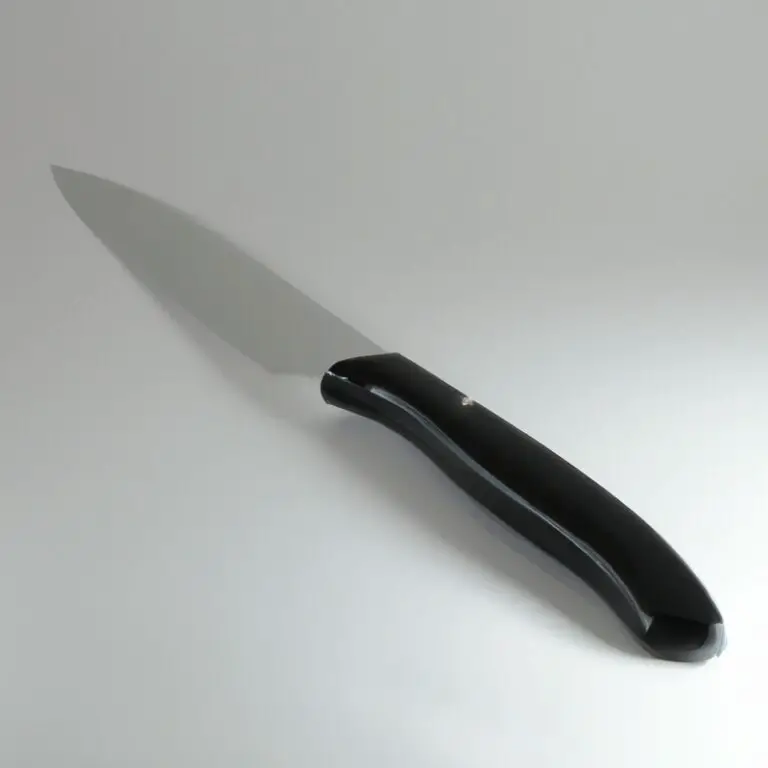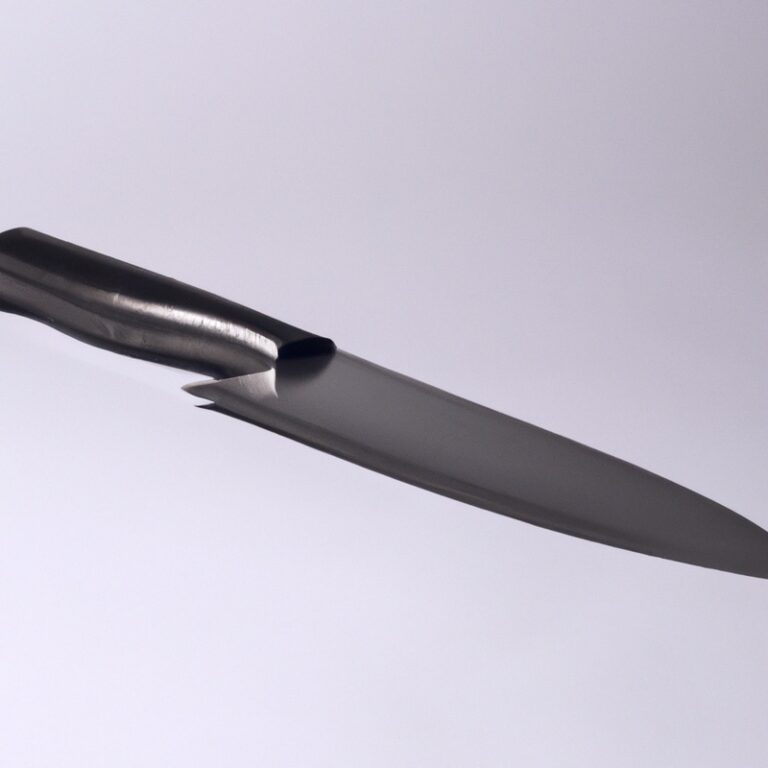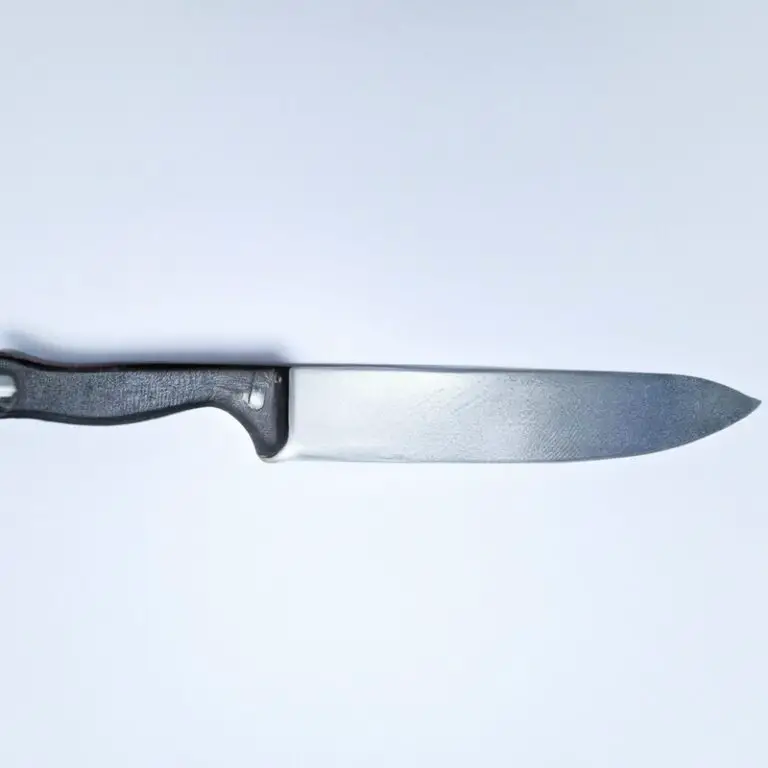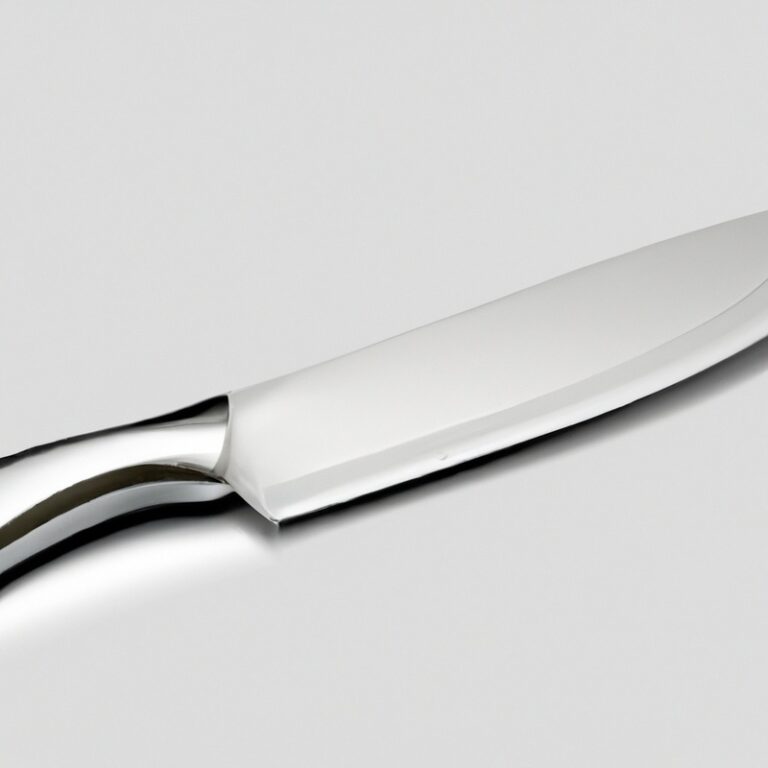How Does Knife Steel Affect Edge Retention In Fillet Knives?
Key Takeaways:
- Harder knife steels tend to have better edge retention in fillet knives.
- The composition and heat treatment of the steel impact edge retention.
- High carbon steels generally offer better edge retention compared to stainless steels.
- Choosing the right knife steel can significantly improve the longevity and performance of fillet knives.
Have you ever wondered why some fillet knives stay sharp for longer periods, while others seem to lose their edge after just a few uses? The secret lies in the steel used to make the knife.
As an expert in cutlery, I have explored the fascinating world of knife steels and their impact on edge retention in fillet knives.
In this article, we’ll delve into the factors that affect edge retention, understand the characteristics of different knife steels, and uncover the role they play in maintaining a razor-sharp edge. Get ready to slice through the confusion and discover the best knife steels for optimal edge retention in your fillet knives.
| Steel Type | Edge Retention |
| High Carbon Stainless Steel | Excellent |
| Plain Carbon Steel | Good to Excellent |
| Stainless Steel | Good |
| High-Speed Steel | Very Good |
| Ceramic | Excellent |
What is Edge Retention in Fillet Knives?
Definition of Edge Retention
Edge retention refers to the ability of a knife’s edge to maintain its sharpness over time. It is a measure of how long a blade can retain its cutting performance before it starts to dull.
A knife with good edge retention will stay sharp for longer periods, allowing for more efficient and precise cutting.
Factors such as blade steel composition, hardness, heat treatment, and blade geometry affect edge retention.
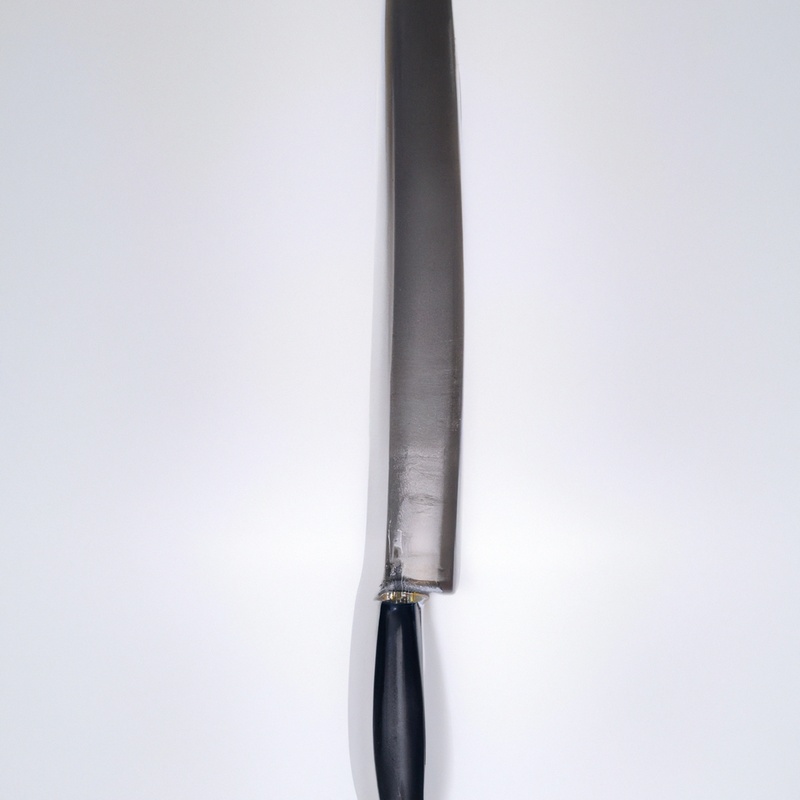
Importance of Edge Retention in Fillet Knives
The importance of edge retention in fillet knives cannot be overstated. A knife with excellent edge retention will stay sharp for longer periods, reducing the need for frequent sharpening.
This is especially important when filleting fish, as a dull blade can make the process difficult and increase the risk of accidents.
With good edge retention, you can make precise and clean cuts, resulting in professional-looking fillets. It also ensures that the knife performs consistently, making your cooking experience more enjoyable.
To achieve optimal edge retention, choosing the right knife steel and practicing proper knife maintenance are key.
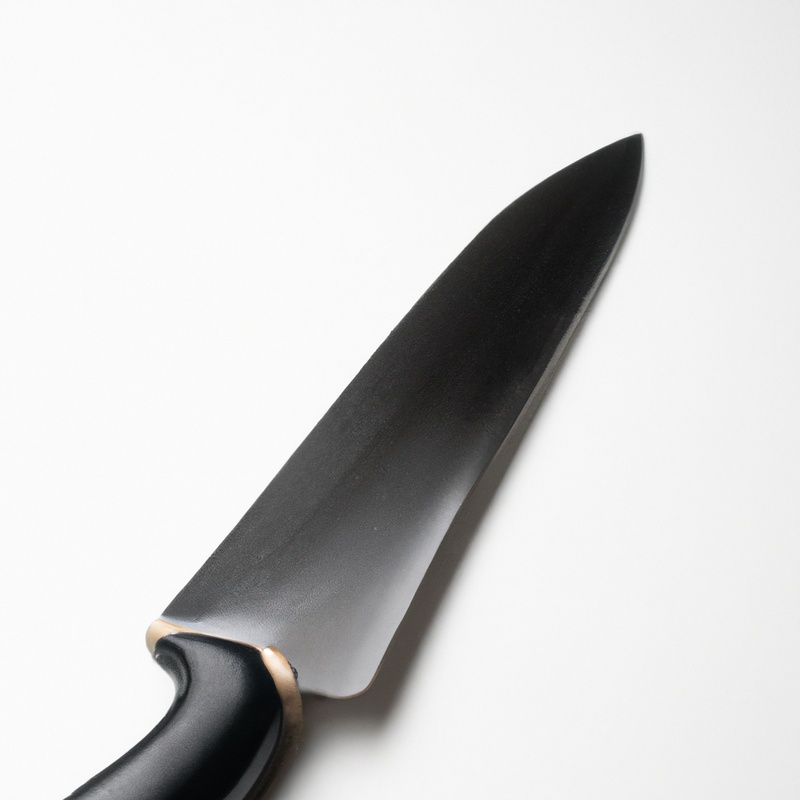
Factors Affecting Edge Retention in Fillet Knives
Knife Steel Composition
When it comes to the edge retention of fillet knives, the composition of the knife steel plays a significant role. Different types of steel have varying levels of hardness, wear resistance, and toughness, which directly affect how long the knife can hold a sharp edge.
High carbon steels are known for their excellent edge retention and sharpness, while stainless steels offer corrosion resistance.
Specialty knife steels, such as Damascus or powder steel, combine different properties for enhanced edge retention. The choice of knife steel composition should be carefully considered based on the specific needs and preferences of the user.
Hardness of the Steel
The hardness of the steel is a key factor in determining edge retention in fillet knives.
Essentially, hardness refers to the steel’s ability to resist deformation and maintain its original shape.
A harder steel will generally have better edge retention, as it can withstand wear and maintain a sharp edge for a longer period of time.
This is because a harder steel will be less prone to dulling or rolling under pressure.
However, it’s important to strike a balance, as extremely hard steels can be brittle and more prone to chipping.
Knife manufacturers often select steels with a hardness that provides a good compromise between edge retention and durability.
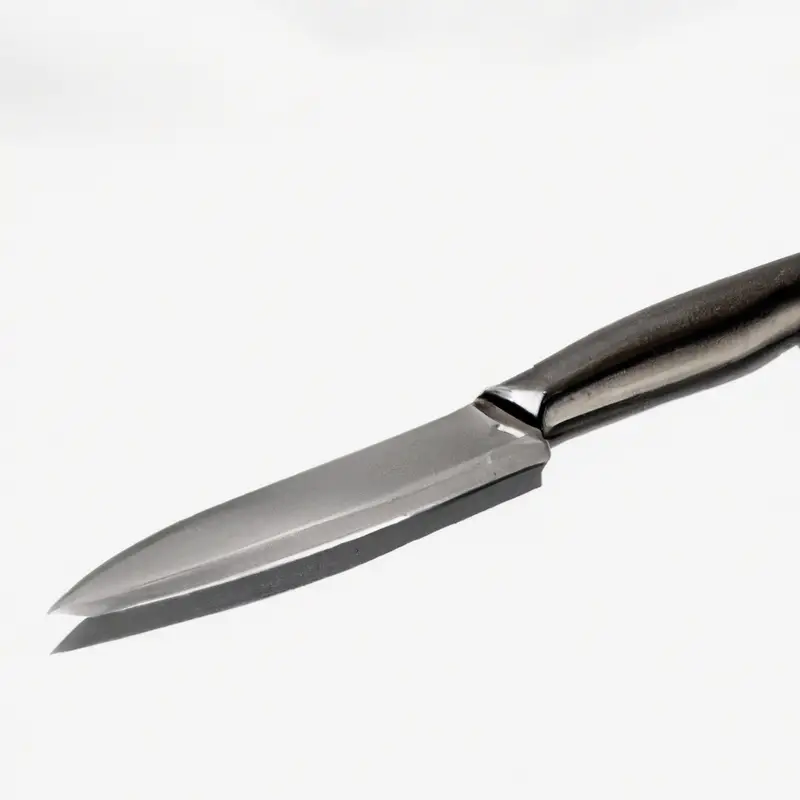
Blade Geometry and Thickness
Blade geometry and thickness play a significant role in the edge retention of fillet knives. The geometry refers to the shape and design of the blade, including the angle of the edge and the grind.
A thinner edge with a smaller angle will generally have better slicing performance and edge retention.
On the other hand, a thicker blade can provide more strength for cutting through tough materials. It’s important to find the right balance between thickness and geometry to optimize edge retention for fillet knives.
Heat Treatment
Heat treatment is a critical process in enhancing edge retention for fillet knives. During heat treatment, the knife steel is heated and then cooled to specific temperatures to improve its hardness and toughness.
This process helps to create a good balance between hardness for sharpness and toughness to resist chips and fractures.
By carefully controlling the heat treatment parameters, such as heating temperature, cooling rate, and tempering, knife manufacturers can optimize the steel’s microstructure for maximum edge retention. The right heat treatment can significantly improve the overall performance and longevity of a fillet knife.
Understanding Knife Steel
Different Types of Knife Steels
There are various types of knife steels available, each with its own unique properties.
- High Carbon Steel: Known for its excellent sharpness and edge retention, but it requires regular maintenance to prevent corrosion.
- Stainless Steel: Offers good corrosion resistance, easy maintenance, and durability. However, it may not hold its edge as well as high carbon steel.
- Damascus Steel: Renowned for its distinct patterned appearance, it is a combination of different types of steel. It provides a balance between edge retention and corrosion resistance.
- VG10 Steel: A type of stainless steel with high carbon content, it offers excellent edge retention and corrosion resistance, making it a popular choice for high-end fillet knives.
- S30V Steel: A premium stainless steel known for its exceptional edge retention, toughness, and corrosion resistance.
These are just a few examples of the different types of knife steels available. Each has its own advantages and considerations to keep in mind when choosing the right steel for your fillet knife.
Characteristics of High Carbon Steel
High carbon steel is known for its high level of carbon content, typically ranging from 0.6% to 1.0%.
This results in several key characteristics that make it desirable for knife making.
- Hardness: High carbon steel can be heat-treated to achieve high levels of hardness, which is important for maintaining a sharp edge.
- Edge Retention: The combination of hardness and carbon content results in excellent edge retention, allowing the knife to maintain its sharpness for longer periods of time.
- Wear Resistance: High carbon steel is highly resistant to wear and abrasion, making it ideal for tasks that require repeated cutting or slicing.
- Strength: This type of steel is exceptionally strong, which helps to prevent the blade from bending or breaking during use.
- Sharpenability: Although high carbon steel can be a bit more challenging to sharpen compared to other steels, it is still highly capable of achieving a very sharp edge when done correctly.
Properties of Stainless Steel
Stainless steel is a popular choice for knife blades due to its unique properties. Firstly, it is resistant to corrosion, preventing rust and ensuring durability.
Secondly, stainless steel has excellent strength, allowing for sharp and precise cuts.
It also offers good wear resistance, maintaining its edge for longer periods. Lastly, stainless steel is easy to clean and maintain, making it an ideal choice for fillet knives that come into contact with fish and other food products.
Overall, the properties of stainless steel make it a reliable option for fillet knives, providing both performance and longevity.
Other Specialty Knife Steels
Other specialty knife steels are specifically designed to meet certain requirements and offer unique properties. These steels are often developed with a particular task or environment in mind.
For example, some specialty knife steels are formulated to have exceptional corrosion resistance, making them ideal for use in marine environments.
Others may focus on maximizing wear resistance or toughness for heavy-duty tasks. Each specialty steel has its own characteristics and advantages, so it’s important to consider the specific needs of your application when choosing the right steel for your fillet knife.
How Knife Steel Affects Edge Retention
Microstructure and Grain Structure
Microstructure and grain structure are important factors that affect the edge retention of fillet knives.
The microstructure refers to the arrangement of the steel’s crystal grains, while the grain structure refers to the size and distribution of these grains.
A finer grain structure generally results in better edge retention, as it allows for a more uniform distribution of carbides, which enhance the hardness and wear resistance of the blade.
On the other hand, larger, irregular grains can lead to decreased edge retention and increased susceptibility to chipping and fracturing.
Therefore, the microstructure and grain structure play a significant role in determining the edge retention capabilities of a fillet knife.
Carbide Formation
Carbide formation is a key factor influencing edge retention in knife steel.
Carbides are hard particles formed when carbon combines with other elements in the steel.
These carbides provide additional hardness and wear resistance to the blade.
The size, distribution, and type of carbides can vary depending on the steel composition and heat treatment.
Fine and evenly distributed carbides can enhance edge retention, while large or unevenly distributed carbides may reduce it.
High-quality knife steels are designed to have the right balance of carbide formation for optimal edge retention.
Wear Resistance and Toughness
Wear resistance and toughness are two important properties that affect the edge retention of a fillet knife. Wear resistance refers to a steel’s ability to resist the wearing away of the blade edge during use.
It is influenced by factors such as the steel’s hardness, composition, and microstructure.
A knife with good wear resistance will maintain its sharpness for longer periods, reducing the need for frequent sharpening. On the other hand, toughness refers to a steel’s ability to withstand impacts and resist chipping or breaking.
It is crucial for knives that may be subjected to heavy use or encounter hard materials.
A tough blade can absorb shocks without sustaining damage, ensuring its longevity and reliability. Finding the right balance between wear resistance and toughness is essential when selecting a fillet knife.
It depends on the specific tasks the knife will be used for and the user’s preferences.
Some knife steels are known for excelling in both properties, while others may prioritize one over the other.
Corrosion Resistance
Corrosion resistance is an important factor to consider when it comes to knife steel and edge retention in fillet knives. A knife with good corrosion resistance will be less prone to rust and oxidation, which can degrade the sharpness of the blade.
Stainless steel is known for its excellent corrosion resistance, making it a popular choice for fillet knives.
However, some high carbon steels can also have good corrosion resistance when properly treated. Regular cleaning and drying of the knife after use can help maintain its corrosion resistance and prolong the edge retention.
Best Knife Steels for Edge Retention in Fillet Knives
Recommended Knife Steels for Fillet Knives
When it comes to choosing the best knife steel for fillet knives, there are a few options that consistently perform well in edge retention. Here are some recommended knife steels for fillet knives:
- VG-10: This high-quality stainless steel offers excellent corrosion resistance and is known for its ability to hold a sharp edge.
- S30V: A popular choice among knife enthusiasts, this stainless steel has a good balance of hardness, toughness, and edge retention.
- CM: Known for its excellent wear resistance, this stainless steel is a great option for fillet knives that will be used frequently.
- AUS-8: This stainless steel offers good edge retention and is often used in budget-friendly fillet knives.
- C27: Another cost-effective option, this stainless steel has good corrosion resistance and can hold a sharp edge for a decent amount of time.
Remember, the choice of knife steel ultimately depends on your specific needs and preferences. It’s important to consider factors such as budget, intended use, and maintenance requirements when selecting the right steel for your fillet knife.
Comparing Edge Retention of Different Steel Types
When comparing the edge retention of different steel types in fillet knives, it’s important to consider factors such as steel composition, hardness, blade geometry, and heat treatment.
High carbon steels tend to offer excellent edge retention but require more maintenance due to their lower corrosion resistance.
Stainless steel, on the other hand, provides better corrosion resistance but may sacrifice a bit of edge retention.
Specialty knife steels may offer a balance of both.
It’s essential to find the right balance that aligns with your specific needs and preferences.
Maintenance Tips for Maximizing Edge Retention
Proper Knife Handling and Storage Techniques
Proper Knife Handling and Storage Techniques are essential for maximizing edge retention in fillet knives. Here are a few tips to keep in mind:
- Always handle the knife with care, avoiding excessive force and twisting motions that can damage the edge.
- Use a cutting board made of wood or plastic, as harder surfaces like glass or stone can dull the blade quickly.
- Clean and dry the knife immediately after each use to prevent moisture and food residue from corroding the steel.
- Store the knife in a protective sheath or a knife block to prevent accidental damage or contact with other objects that could dull the edge.
Remember, taking simple measures to handle and store your fillet knife properly will help maintain its sharpness and ensure long-lasting edge retention.
Sharpening and Honing Methods
Sharpening and honing are essential steps in maintaining the edge retention of fillet knives.
There are different methods you can use to sharpen and hone your knife.
One common method is using a sharpening stone or whetstone.
This involves applying consistent pressure and maintaining the correct angle while moving the blade across the stone.
Another option is using a sharpening system or honing rod specifically designed for fillet knives.
These tools provide a guided angle and make it easier to maintain a consistent edge.
No matter which method you choose, the key is to regularly sharpen and hone your knife to ensure optimal edge retention.
Maintaining a Consistent Cutting Angle
Maintaining a consistent cutting angle is key to maximizing the edge retention of your fillet knife. This means keeping the knife blade at the same angle throughout each cut.
To achieve this, make sure to hold the knife steady and keep your hand and wrist relaxed.
Focus on the motion of the knife, not just your arm. Practice is essential for developing muscle memory and a steady hand.
Start by practicing on softer materials before moving on to filleting fish.
And remember, always sharpen your knife before every use to ensure a precise and effective cut.
Final Verdict
Understanding how knife steel affects edge retention in fillet knives is essential for anyone who wants to achieve optimal performance in their culinary adventures. The composition, hardness, blade geometry, and heat treatment of the steel all play a crucial role in determining how long the knife will hold its edge.
High carbon steel and certain stainless steels are renowned for their excellent edge retention, while specialty steels offer unique advantages for specific purposes.
By choosing the right knife steel and implementing proper maintenance techniques, such as proper handling, sharpening, and honing, you can maximize the edge retention of your fillet knife and enhance your culinary experience. Trust in the reliability of this information and use it to empower your knife selection and maintenance practices.

